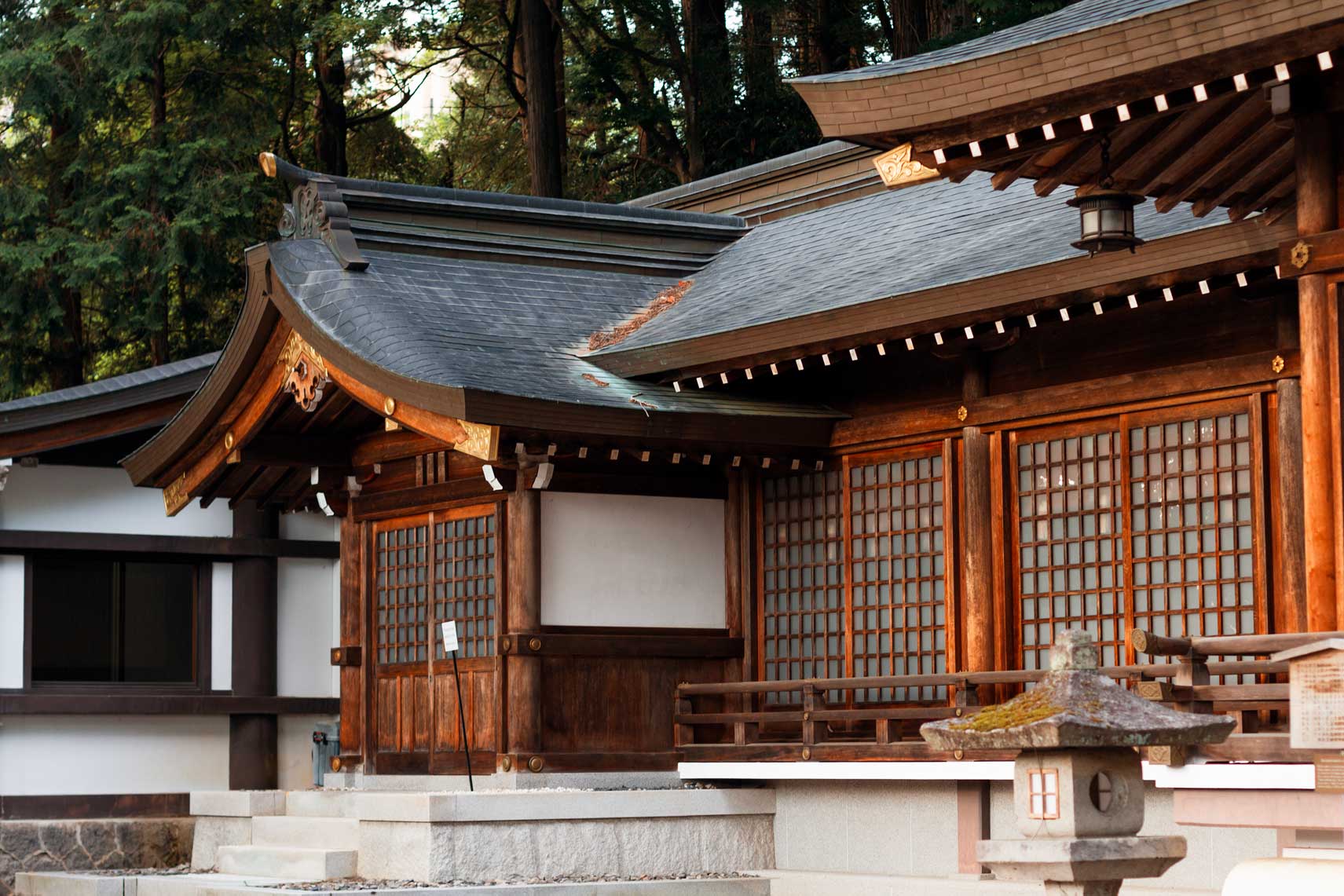
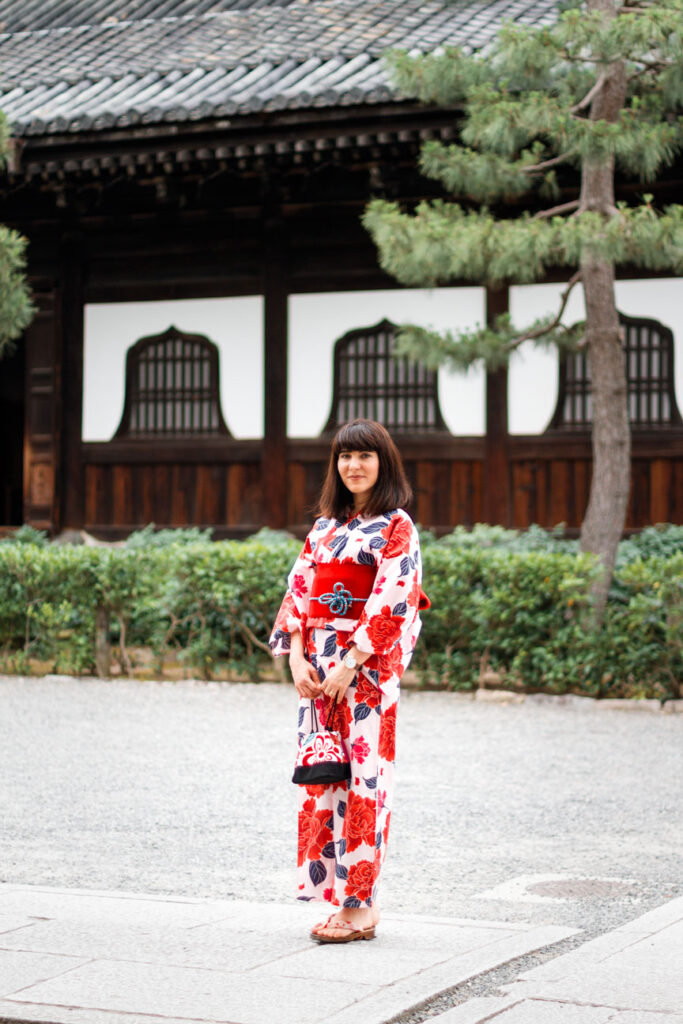
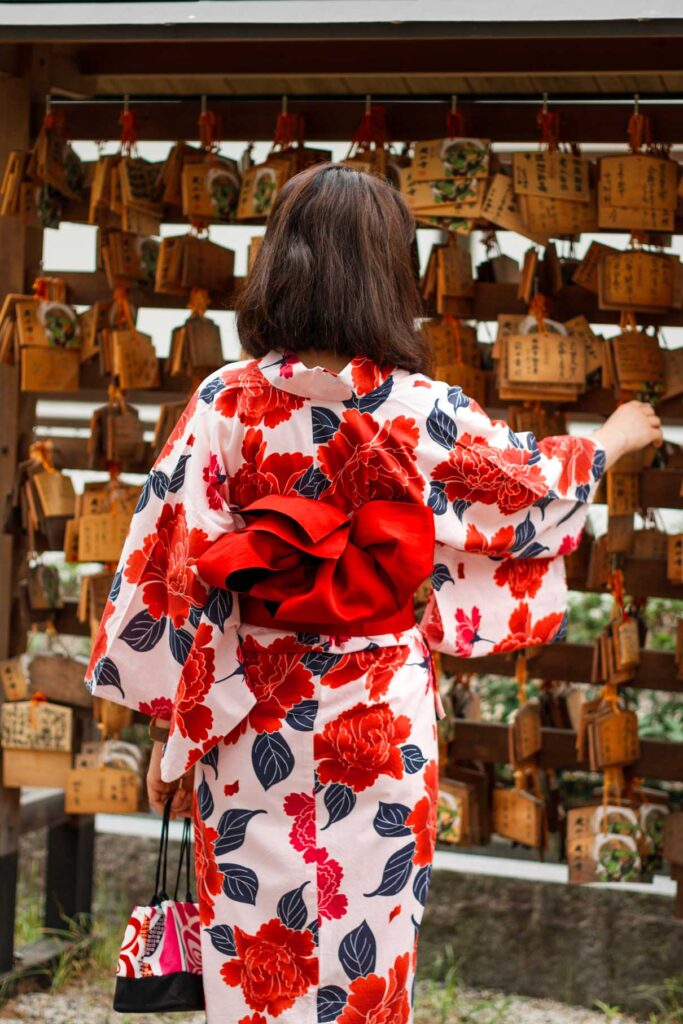
Japan is a land of contrasts, where ancient traditions meet modern technology. If you’re looking for an authentic cultural experience, Kyoto, Nara, and Osaka are the perfect destinations to discover Japan’s rich culture. In this travel blog, I will take you on a journey through these three amazing cities, showing you the best that Japan has to offer.
Getting around
If you’re planning a trip to Kyoto, Nara, and Osaka, it’s important to consider the transportation options available to you. When planning your itinerary, be sure to factor in the time it will take to get from one city to the next. Kyoto and Nara are close to each other and can be explored in a day or two, while Osaka offers many attractions and may require more time to fully explore. Here are some tips for getting around:
- The train is the most convenient and efficient way to travel between the three cities. You can purchase a Japan Rail Pass which will allow you to travel on JR trains throughout the country for a set number of days. You can also purchase individual tickets for the trains.
- Buses are another option for getting around. They are slower than trains but can be more affordable. It’s important to check the bus schedule and plan your route in advance.
Kyoto
Kyoto is an entire world to explore and the ideal destination to immerse oneself in Japanese traditions and culture. The city boasts an impressive collection of over 1000 temples and shrines, providing a wealth of knowledge and experience of Japanese culture. I aspire to revisit Kyoto in the future to relive my experiences. Although my stay was limited to three days, I managed to explore the essential sights, and I have created a condensed yet informative itinerary to assist you in navigating around the city.
Kyoto, top sights
- Fushimi-Inari-Taisha Shrine
- The Arashiyama Bamboo Grove
- Iwatayama Monkey Park
- Gion, the geisha quarter
- Kennin-ji Temple

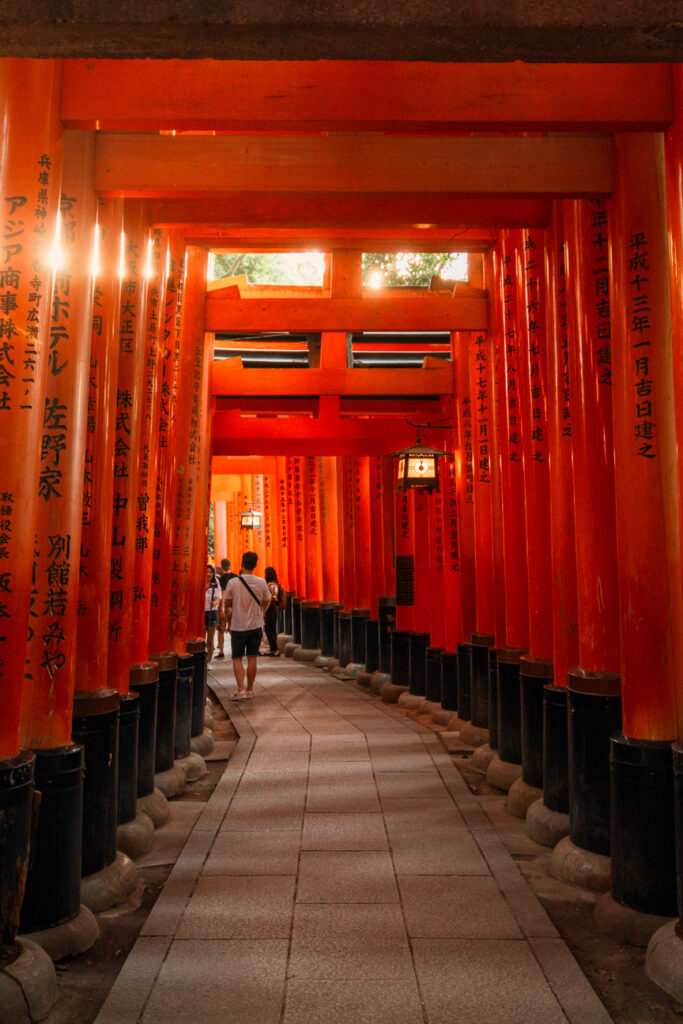
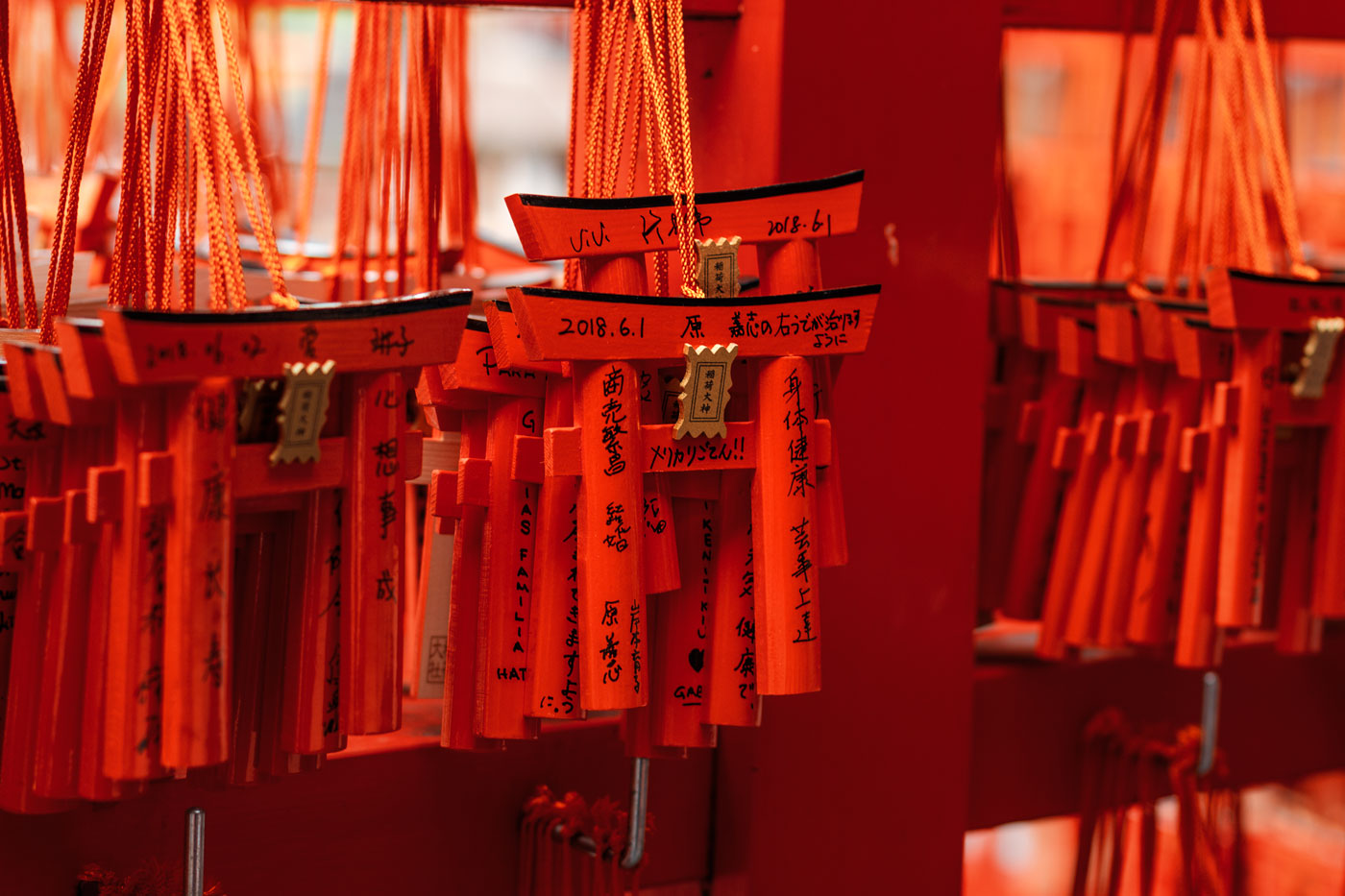
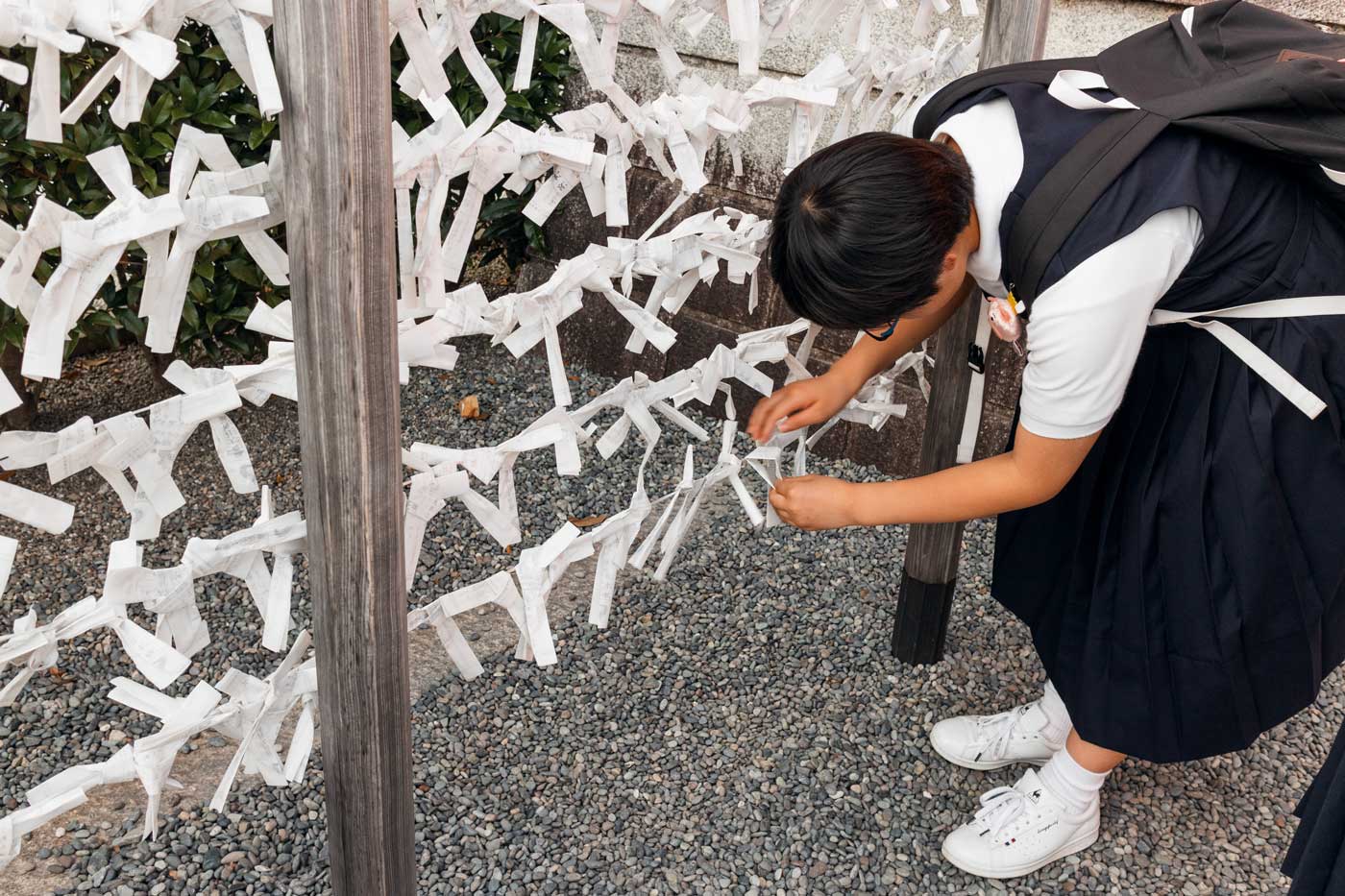
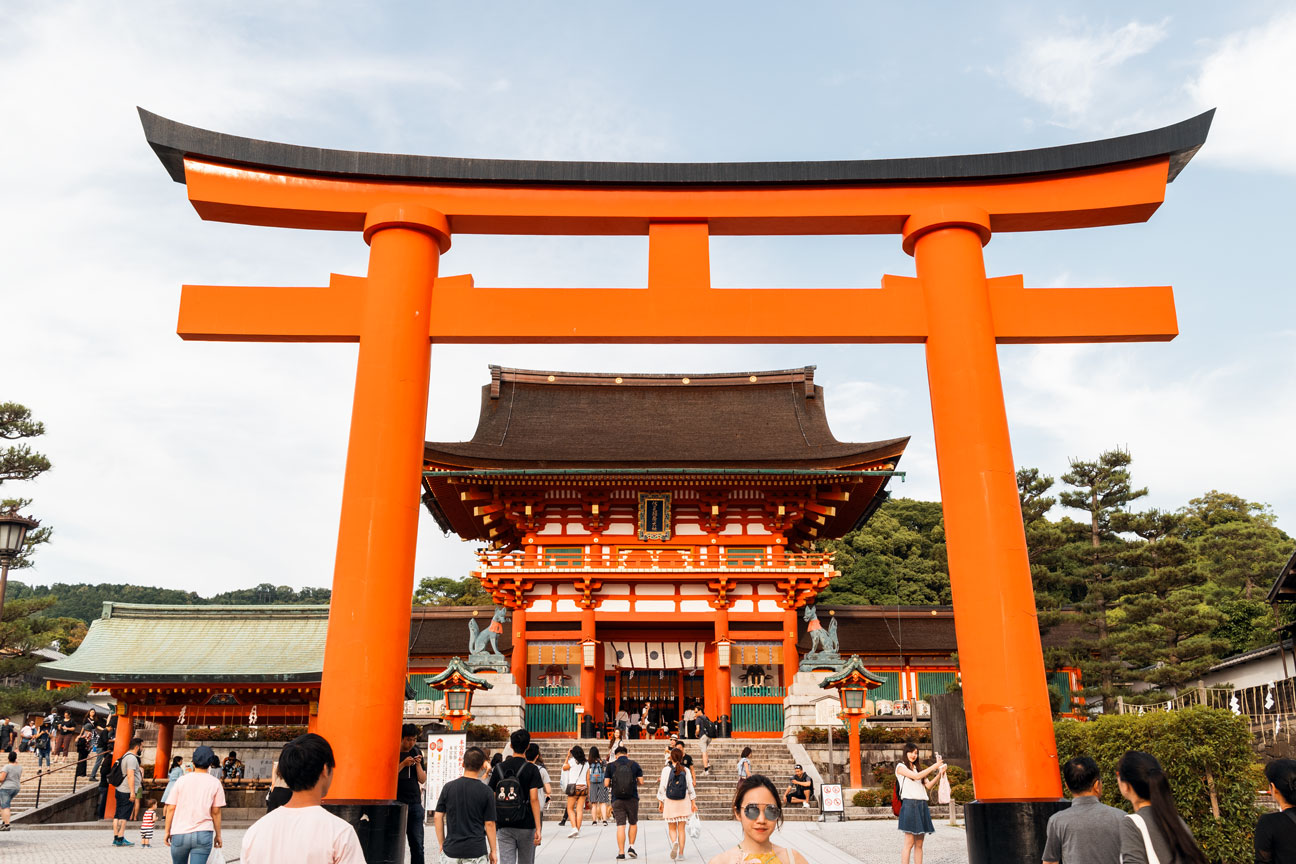
Fushimi Inari-taisha shrine
The first stop on our journey was the Fushimi Inari-taisha shrine one of the most iconic and beautiful attractions of Kyoto, dedicated to the God of Rice and Sake (Japanese rice wine). A “shrine” is a sacred place dedicated to a specific god.
The red tunnels of Fushimi-Inari are formed by thousands of torii (shrine gates) hat line the path to the top of Mount Inari. It is a Japanese tradition to donate a torii in order for a pray to come true or as a thanks for a wish coming true.
There are over 10 000 torii gates at Fushimi-Inari called Shinto shrine gates which represents this kind of donations. On every torii it is written the name of the donator and the year of donation. To explore all the torii it takes over 2-3 hours of hiking as it’s located on a wooden mountain.
Address: 68 Yabunouchi-cho, Fukakusa, Fushimi-ku
Opening hours: 24 hrs
Admission fee: free
How to get there: JR Inari Station, the second station from Kyoto Station along the JR Nara Line
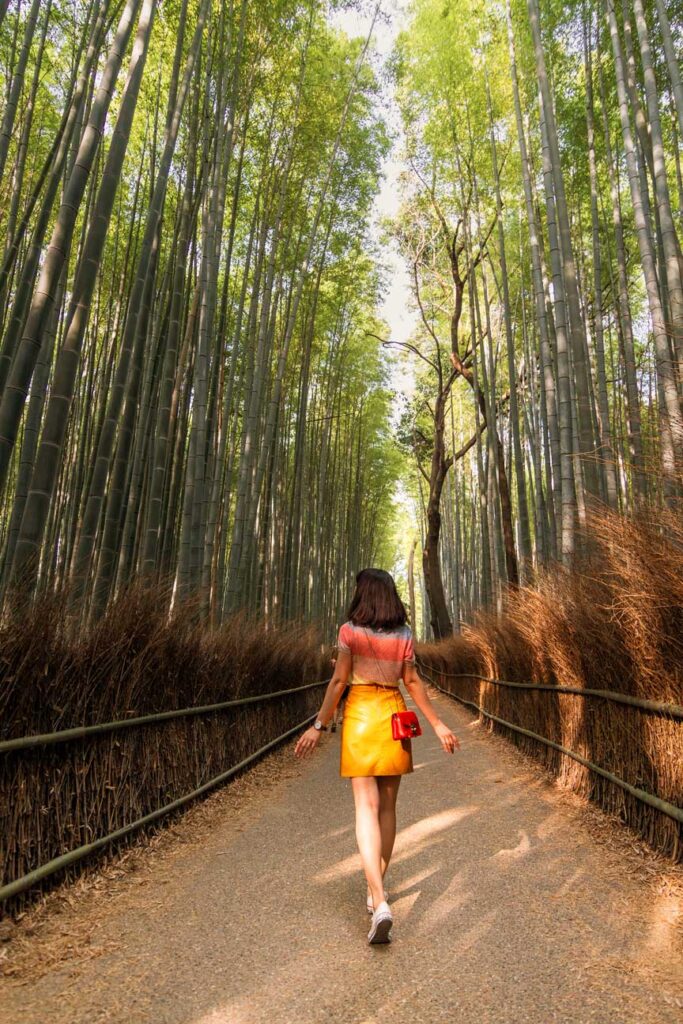
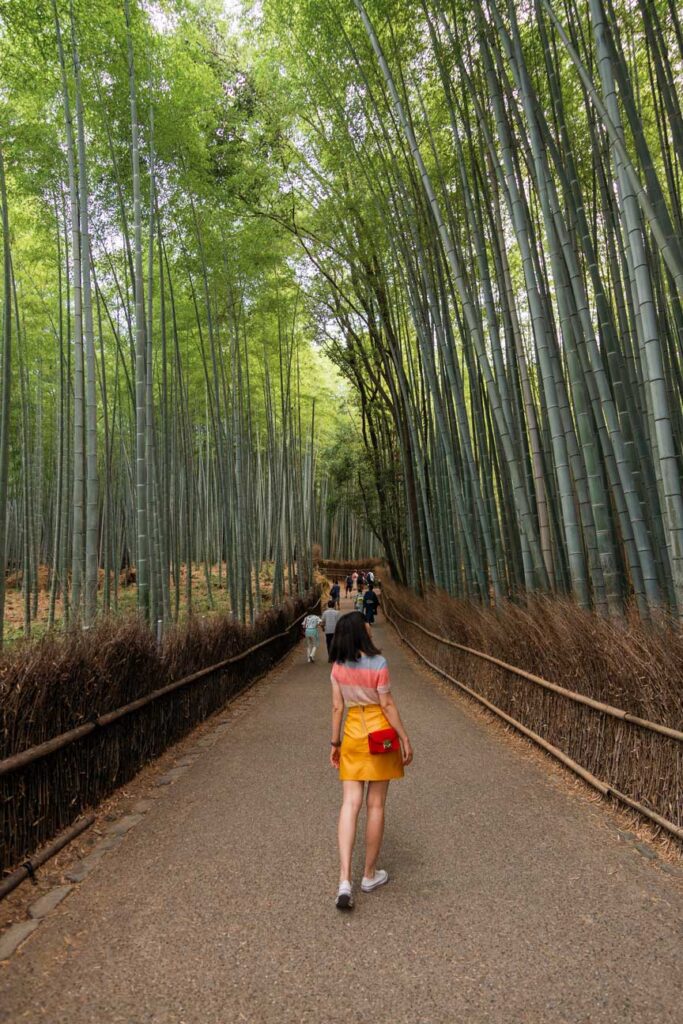
The Arashiyama Bamboo Grove
The Arashiyama Bamboo Grove in Kyoto is not only renowned for its photogenic scenery but also for the incredible sensation of strolling through a bamboo forest. There’s an air of magic and mystery to this place, but as with any popular attraction, it tends to get very crowded. For an unforgettable experience, it’s best to explore the grove in the early morning.
Additionally, the Tenryū-ji Temple and the Iwatayama Monkey Park are located in the same vicinity as the grove.
How to get there: JR Sagano Line from Kyoto Station to Arashiyama
Opening hours: 24 hrs
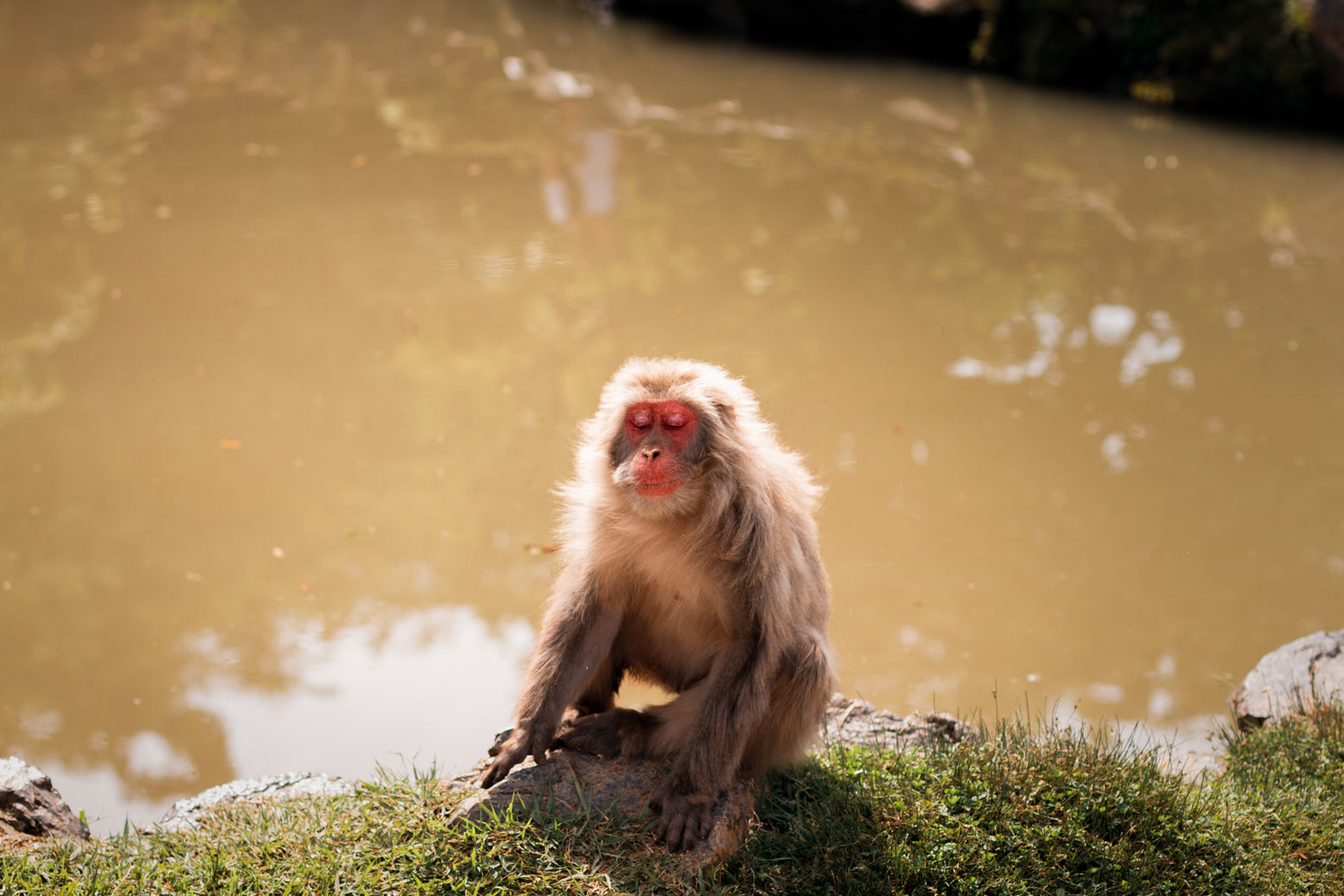
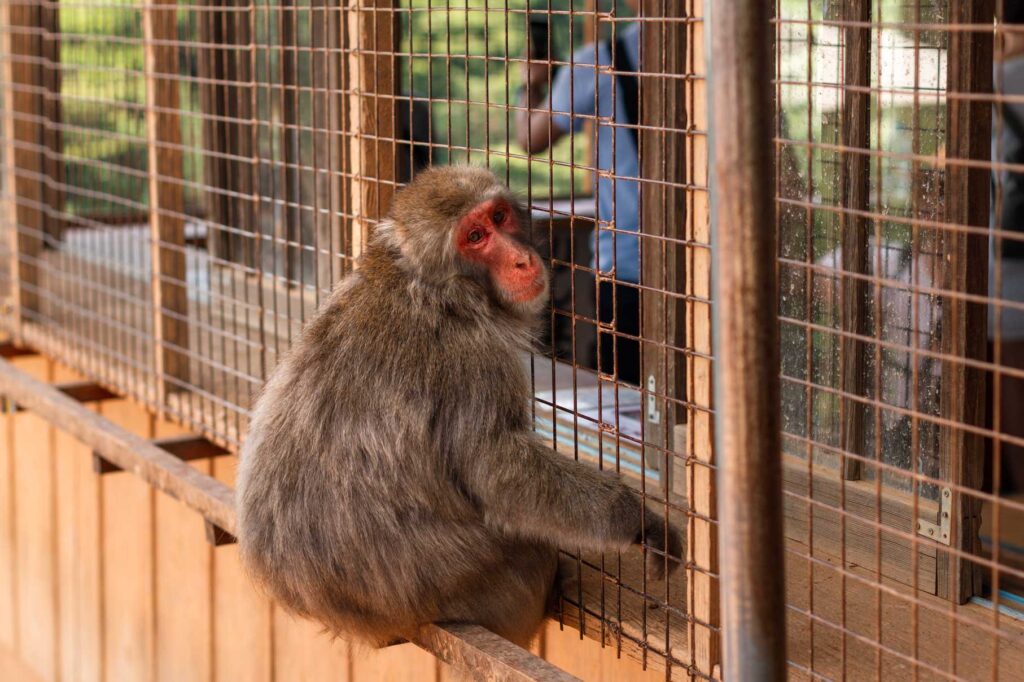
Iwatayama Monkey Park
Iwatayama Monkey Park hosts 170 Japanese macaque monkeys (snow monkeys). To reach the monkeys’ habitat, one must hike through the forest for approximately 20 minutes. Once arrived, I found myself captivated by these lively animals. Additionally, there is a shop where visitors can purchase peanuts to feed the monkeys, making it an unforgettable experience.
Opening hours: 9 am – 4:30 pm
Admission fee: ¥550
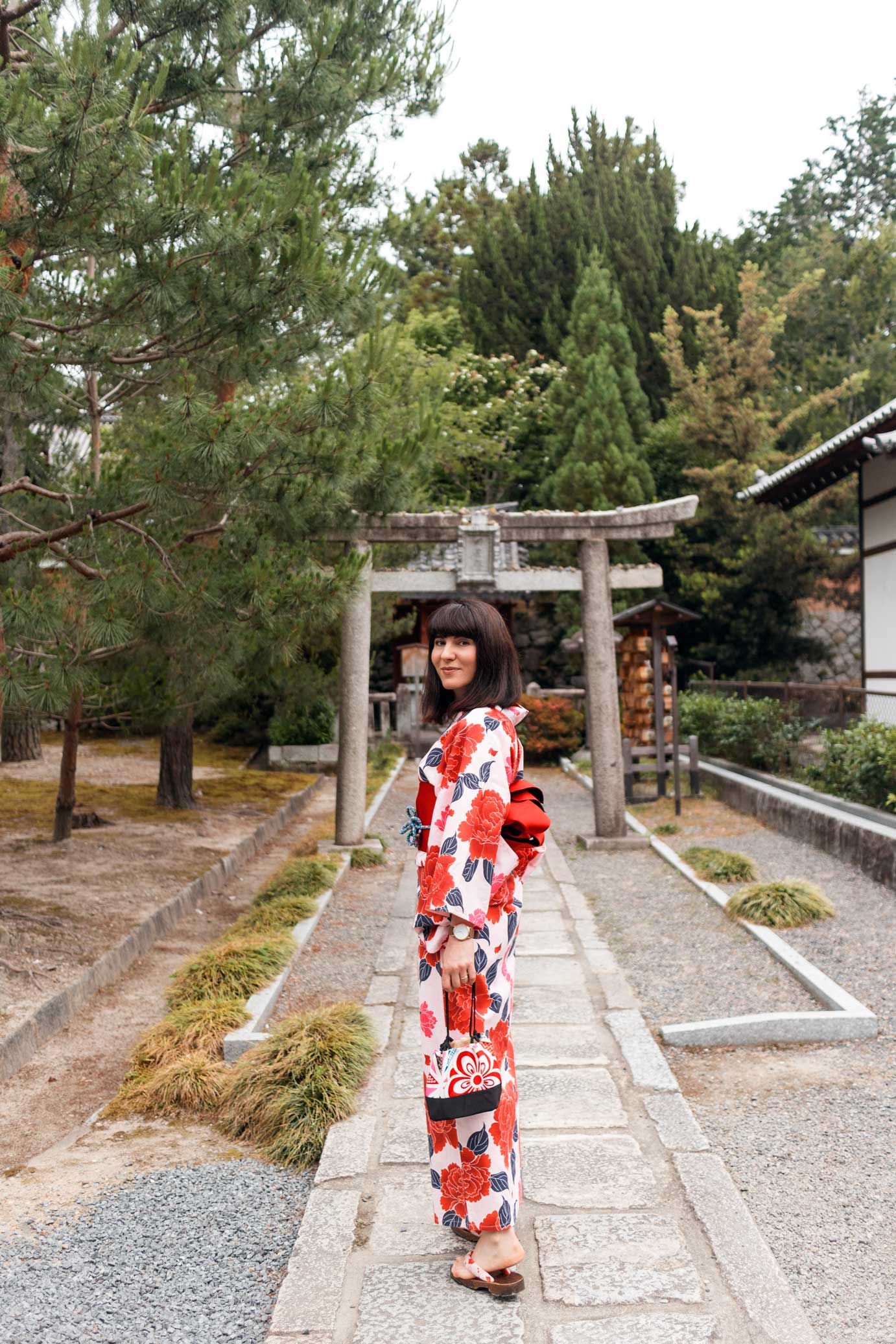
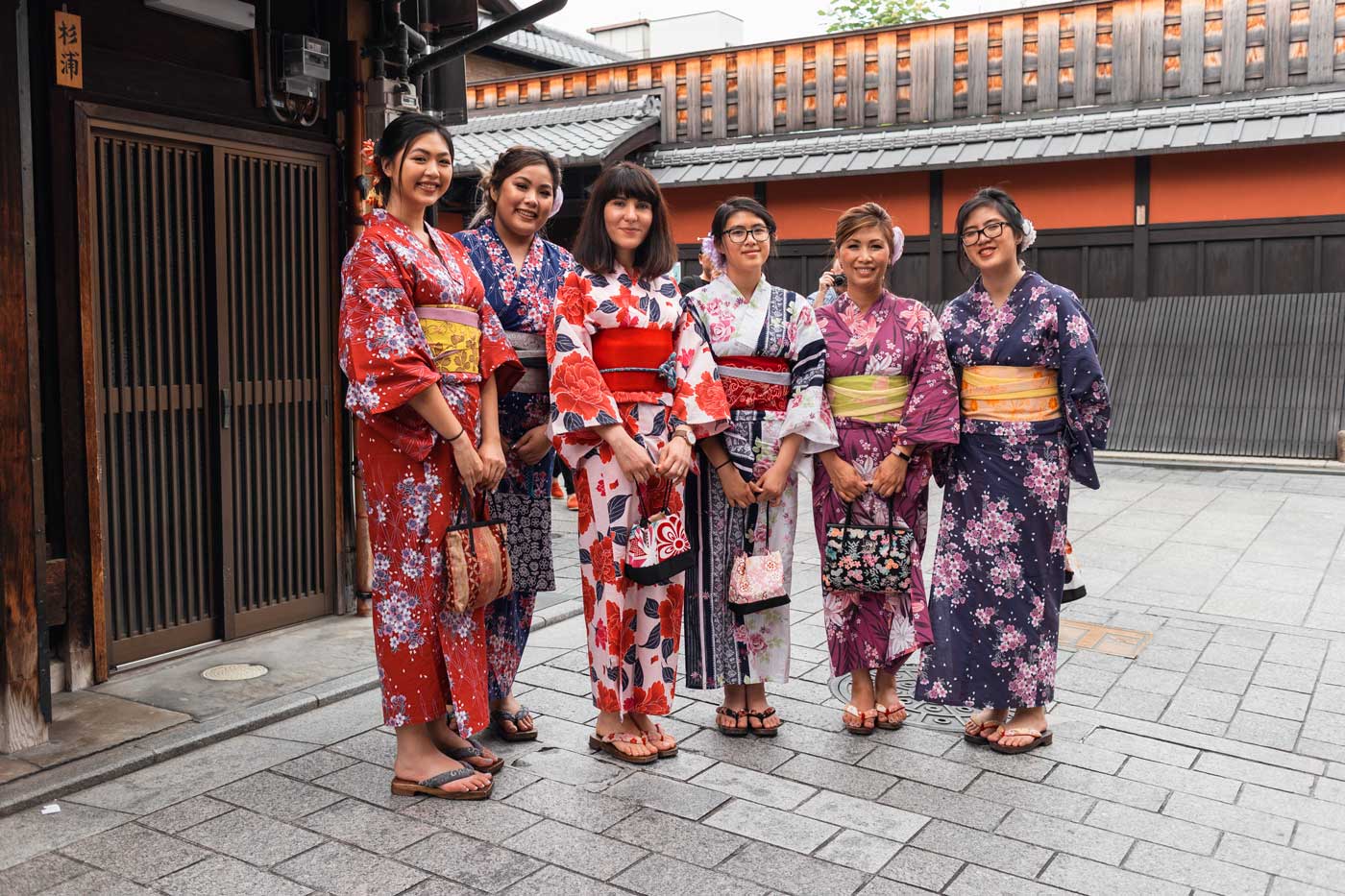
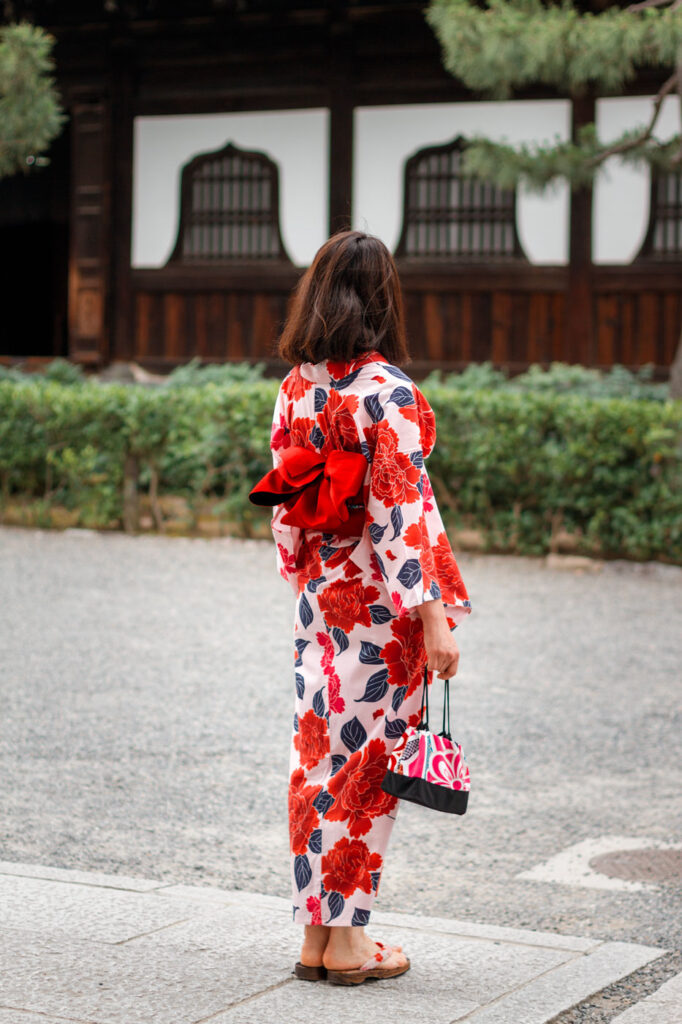
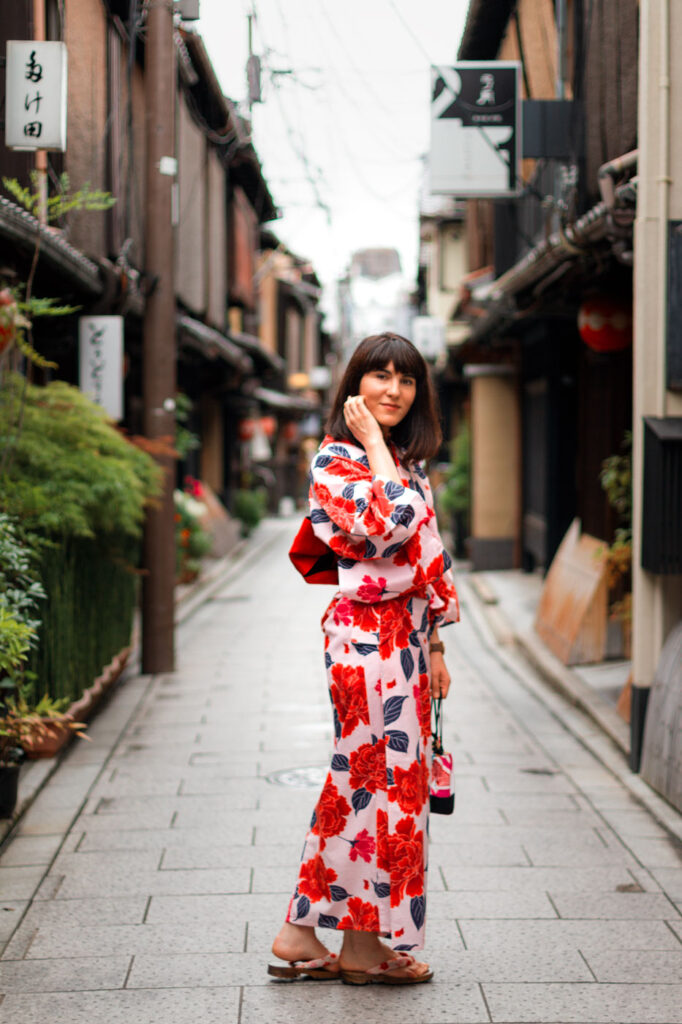
Gion – the geisha quarter
Gion is the geisha quarter and one of the most traditional districts of Kyoto. It fascinates with its narrow alleys, wooden traditional houses, temples and Shimbashi (sometimes called Shirakawa Minami-dōri) which is one of Kyoto’s most beautiful streets. Here, you can experience a traditional tea ceremony and even catch a glimpse of a geisha walking down the street.
Renting a kimono proved to be an unforgettable experience during my trip to Japan, as it offered a delightful way to immerse myself in Japanese culture. It is a common activity among tourists and provides an authentic appreciation of the country’s beauty.
Two types of kimonos are available for rent: traditional kimono and yukata, which is designed for summer wear. During my visit to Kyoto, I opted for a yukata. The city boasts numerous kimono rental establishments located near popular tourist destinations and temples, offering a comprehensive service that includes dressing, make-up, hair styling, and photography. Rental prices start from 3000 Yen per day (in 2018), with discounts available for online reservations.
Accommodation in Kyoto
Kyoto is a beautiful city with a rich history and culture, and there are many great places to stay depending on your preferences and budget. Here are some popular options:
- Central Kyoto: If you want to be in the heart of the city and close to the main tourist attractions, then staying in Central Kyoto is a great option. This area has many hotels, guesthouses, and ryokans (traditional Japanese inns) to choose from.
- Gion: This historic district is known for its traditional architecture, geisha culture, and tea houses. Staying in Gion is a great way to experience Kyoto’s traditional charm and immerse yourself in Japanese culture.
- Kyoto Station Area: If you’re looking for convenience and easy access to transportation, then staying near Kyoto Station is a good option. This area has many hotels and is well-connected to the rest of the city by train and bus.
- Arashiyama: Located on the western outskirts of Kyoto, Arashiyama is a popular tourist destination known for its beautiful bamboo forest and scenic river views. There are several hotels and ryokans in the area, and it’s a great place to stay if you want to be close to nature.
- Higashiyama: Located on the eastern side of Kyoto, Higashiyama is another historic district with many temples, shrines, and traditional shops. Staying in this area will give you easy access to some of Kyoto’s most famous landmarks.
We stayed at Sakura Terrace which was not only an enjoyable accommodation but also very close to Kyoto Station which is recommended for getting around.
We used mainly JR line train to get to all the sights but also for side trips in Nara and Osaka.
Discover the best hotels in Kyoto with a simple search:
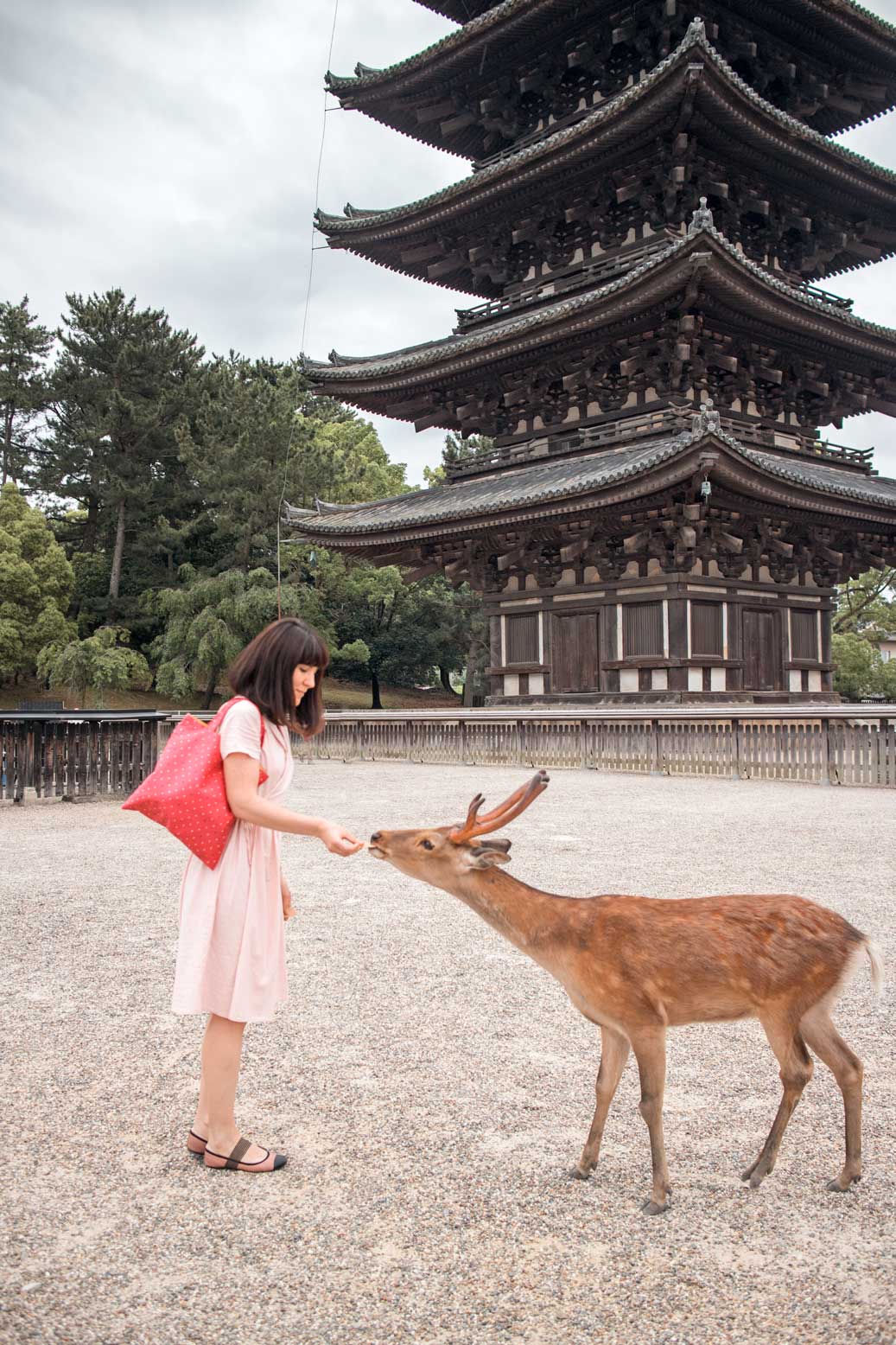
Day trip from Kyoto to Nara
On our day excursion from Kyoto to Nara, we reached the enchanting realm of Nara in under an hour by train.
Nara is home to some of Japan’s oldest and most iconic temples. The first stop is the Todai-ji temple, which is famous for its giant bronze Buddha statue. The statue is over 15 meters tall and is considered one of Japan’s greatest cultural treasures.
Next, we head to the Kasuga-taisha shrine, which is known for its thousands of lanterns that line the path to the temple. The shrine is also home to over 3,000 stone and bronze lanterns that have been donated by worshippers over the centuries.
Finally, we visit the Nara Park, and a cherished dream of mine was fulfilled as we fed the deer in Nara Park.
Revered as divine messengers, deer represent the emblem of the city. Countless deer wander about freely, eagerly awaiting food from visitors. The entire encounter was exceptionally unforgettable, particularly because I managed to avoid being nibbled by any deer.
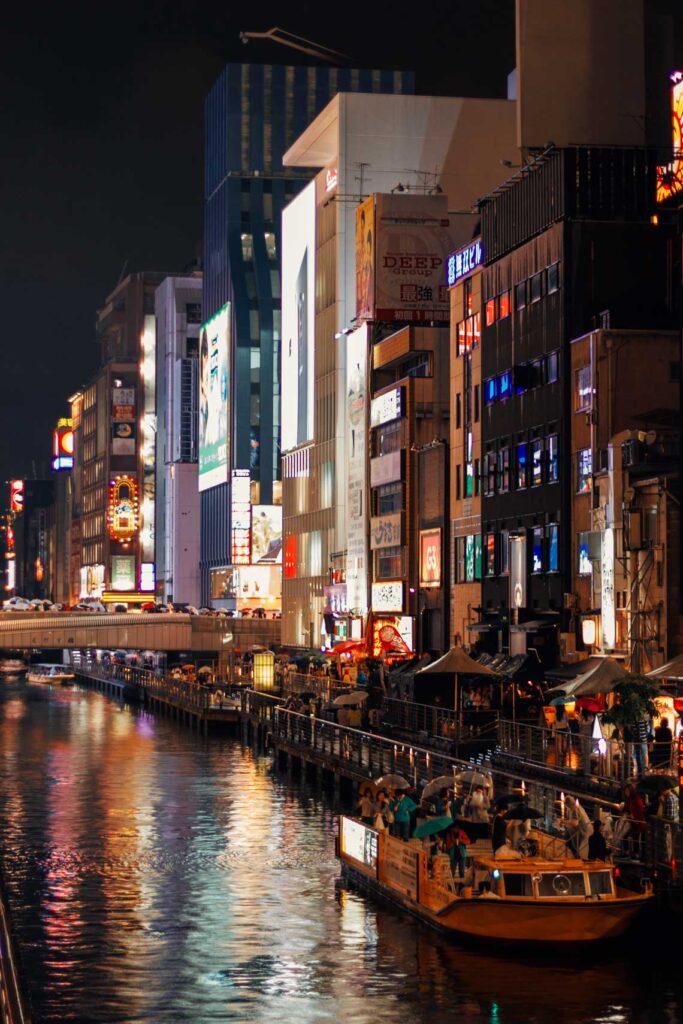
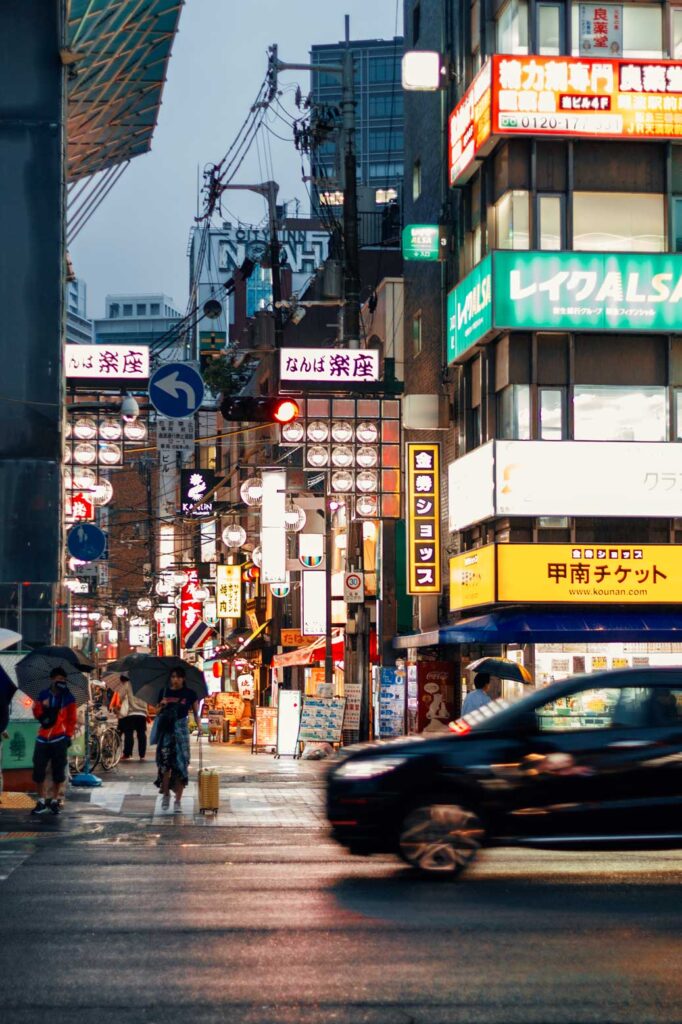
Day trip from Kyoto to Osaka
Our final stop on this cultural journey is Osaka, a city that is famous for its food and nightlife. The first stop is the Osaka Castle, which was built in the 16th century and played a major role in Japan’s history. The castle is surrounded by a beautiful park that is perfect for a picnic or a relaxing stroll.
Next, we head to Dotonbori, a lively neighborhood that is famous for its street food and neon lights. This area is best to be explored by night. Here, you can try some of Osaka’s famous dishes like takoyaki (octopus balls) and okonomiyaki (Japanese pancake).
Finally, we end our journey at the Umeda Sky Building, a modern skyscraper that offers stunning views of the city. The building’s observation deck is located on the 39th floor and is a great spot to watch the sunset.
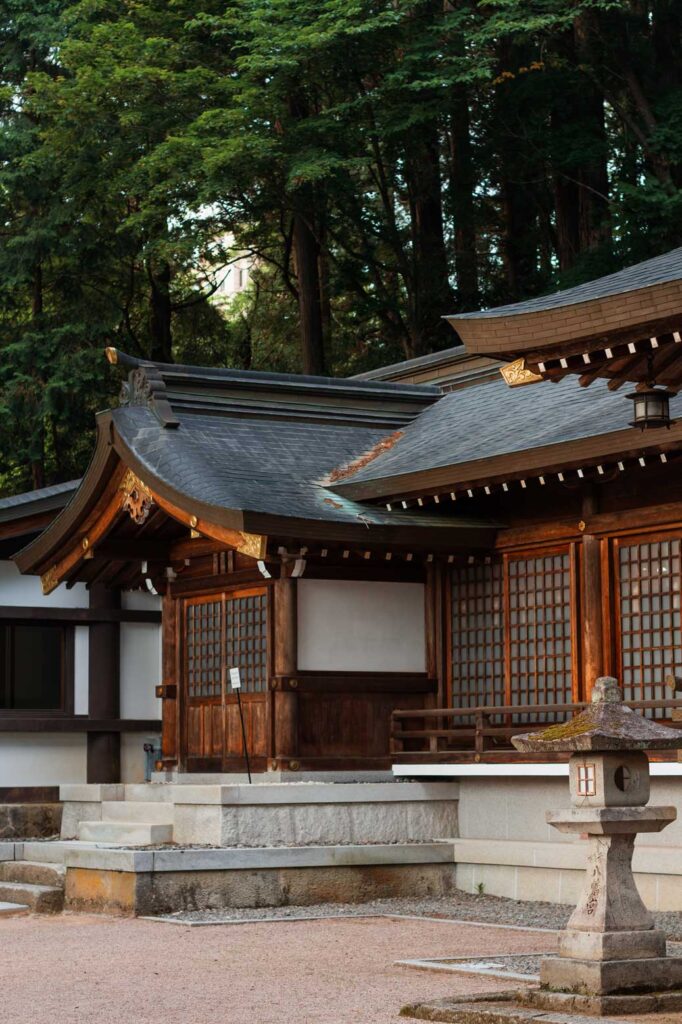
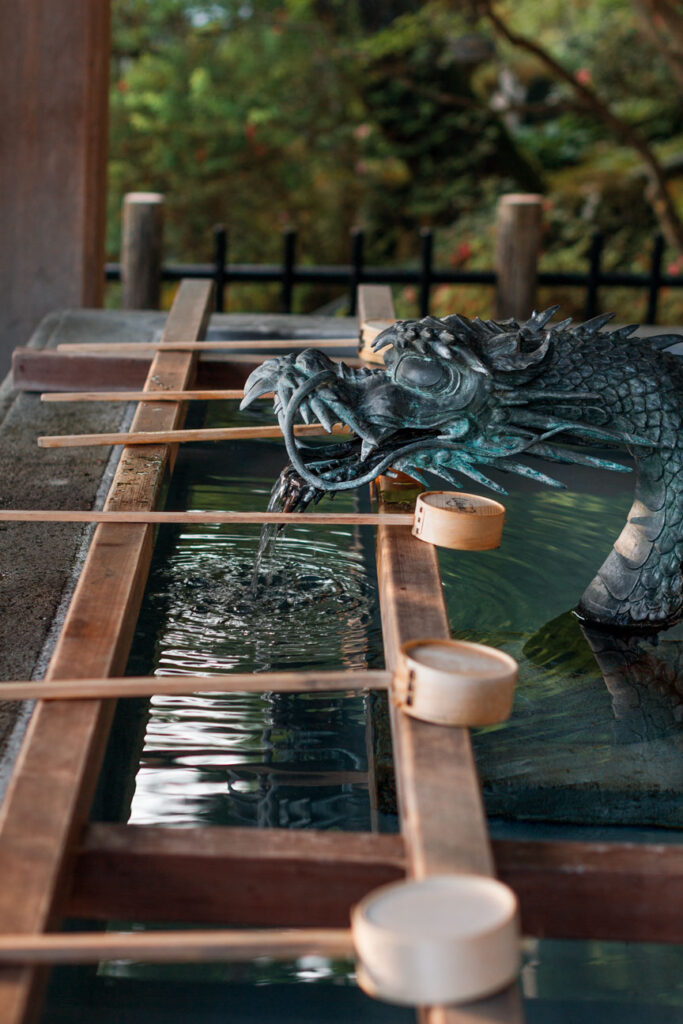
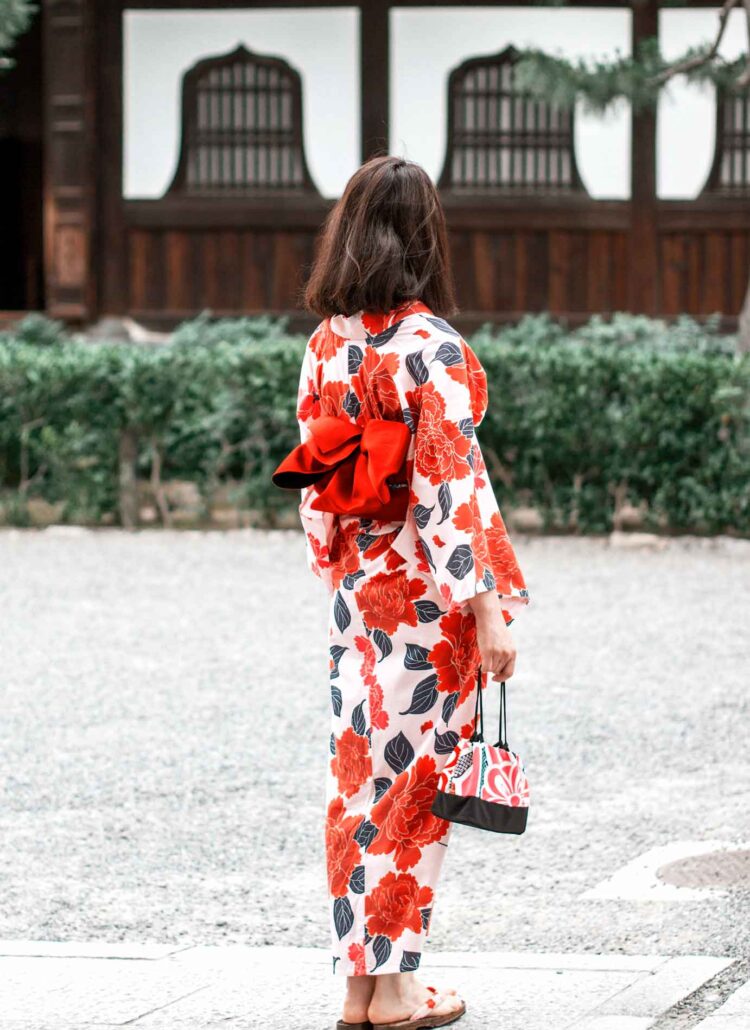



Leave a Reply